TheThing
Birder
So I set off to Farlington Marshes yesterday on a 3 fold mission: - a father's day treat for myself; to seek the glossy ibis and; to try out my digiscoping equipment.
The first was a great success; the second a dismal failiure; the third - well, judge for yourself!
I'm using a Nikon RAiii spotting scope with a 20-60x zoom ep, a Samsung ES15 compact camera and a Universal type bracket.
First thing's first. It's not easy getting it all in focus! With the sun behind me, I can't see anything on the camera's LCD screen (must be a simple fix for this?!?) even with the brightness turned full up. I've done some afocal lunar photography before, but in the dark, it's much easier to see the screen than in the sun!
The other way round meant the sun was behind the subject, which is not great either! Perserverence is the key!
I've not got the camera set entirely square to the ep either, as evidenced by some vignetting in the right hand corners of the shots. Again, practise will prevent that and so will cropping!
I've just been using the auto focus/exposure features at the moment, as it seems the easiest (and I have yet to find/download the camera's manual!) I have done a little post production processing with Windows to some of the shots to 'improve' them.
Thoughts and constructive criticism most welcome (focus is a given!) Would I be better getting a better compact/bridge camera? I do have access to my wife's Canon 1000d DSLR, but no idea how to connect to a spotting scope!
Thanks in advance.
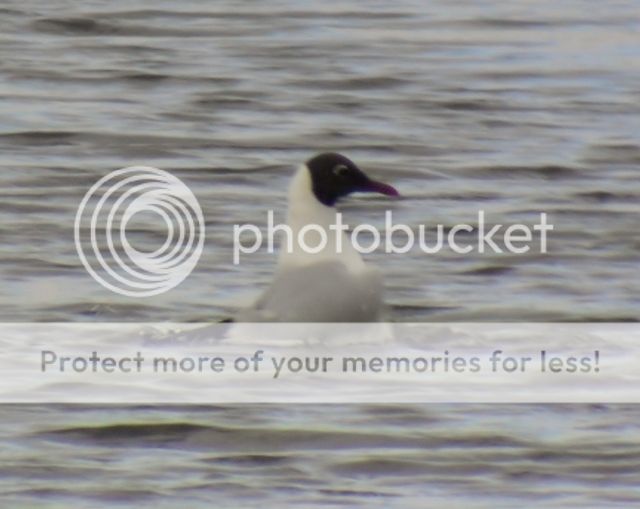
BHG
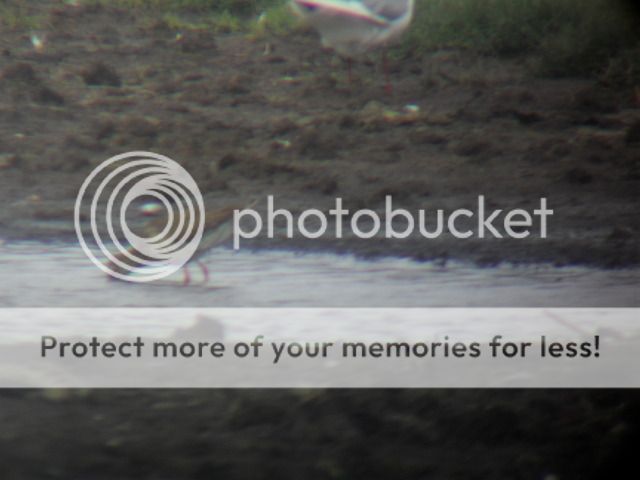
Redshank
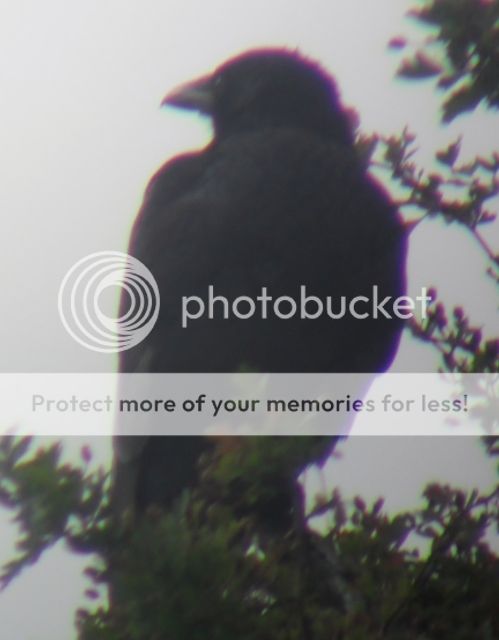
Carrion Crow
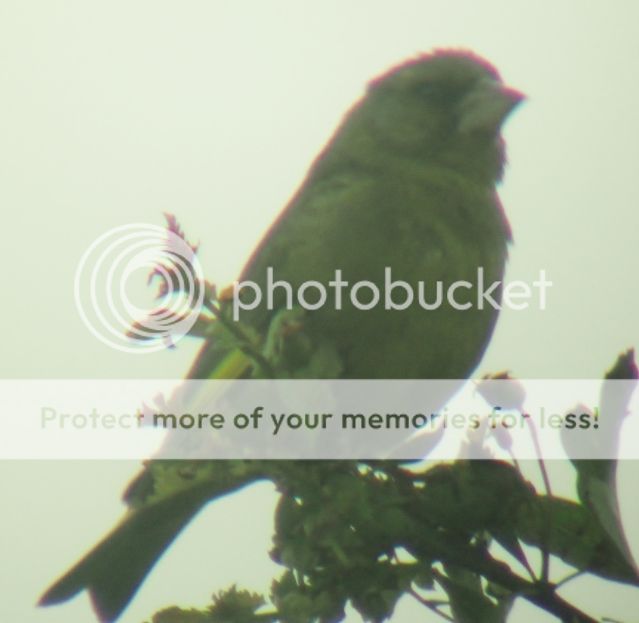
Greenfinch
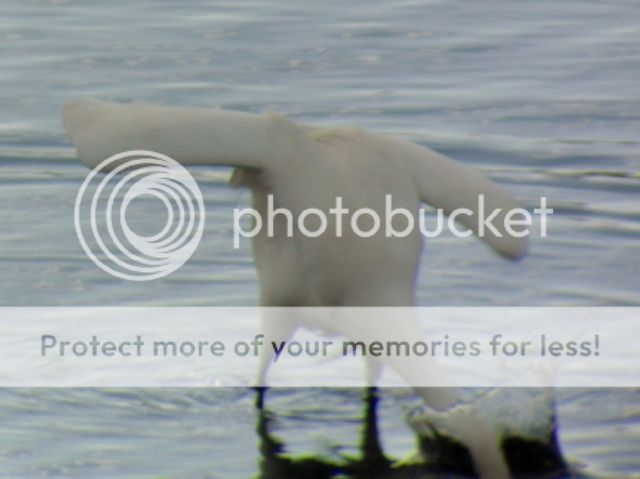
Fishing
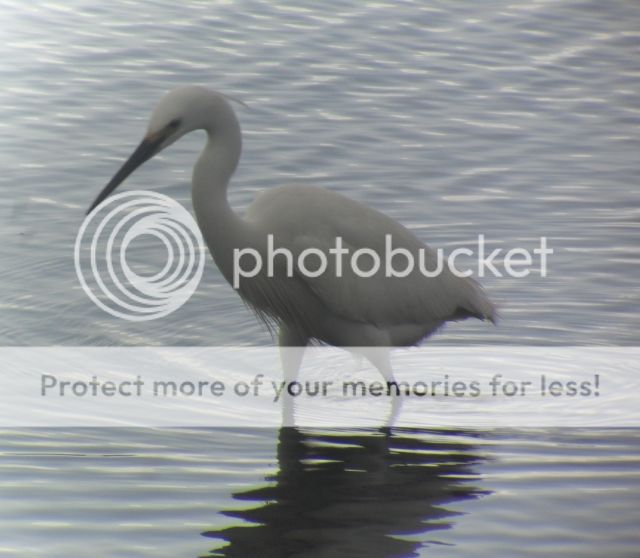
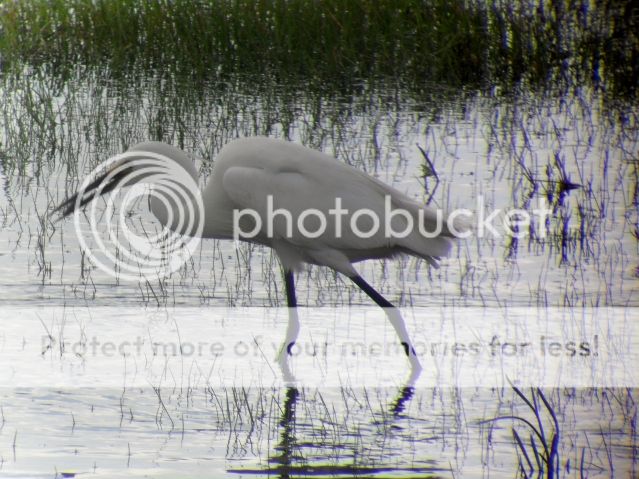
Lunch
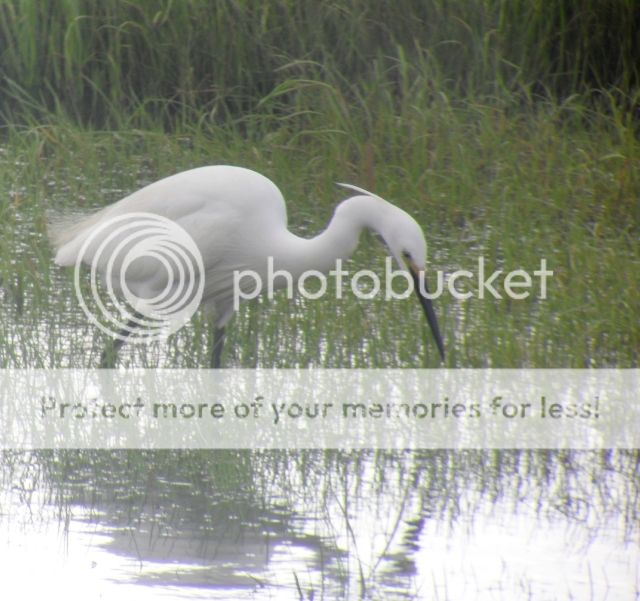
Little Egret
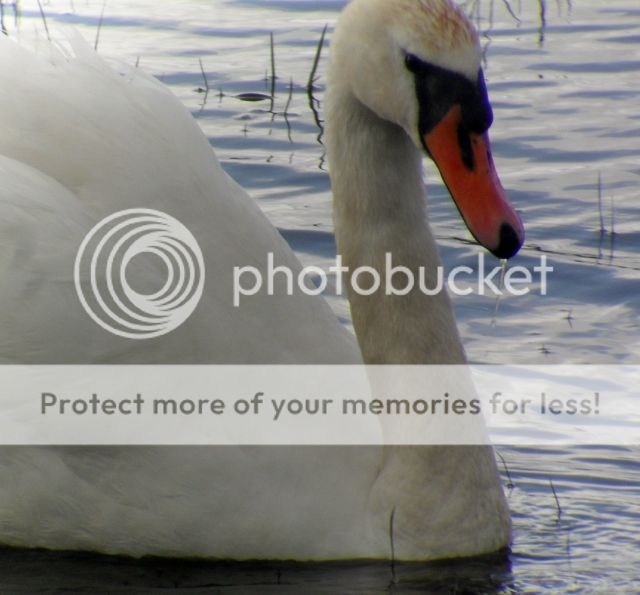
Mute
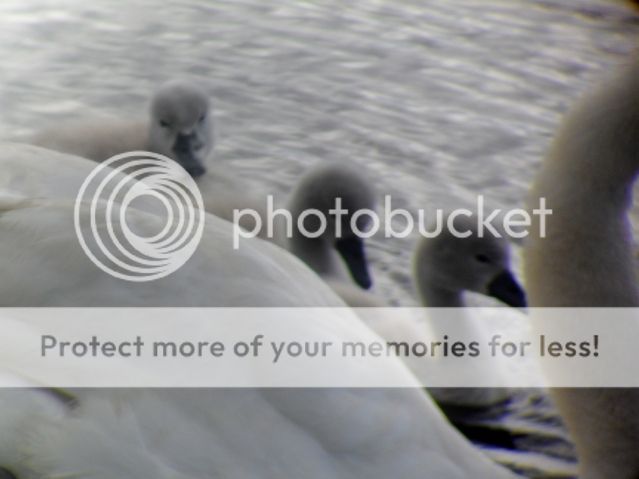
http://i304.photobucket.com/albums/nn185/HughCollings/Birding/SDC14621.jpg
Cygnets
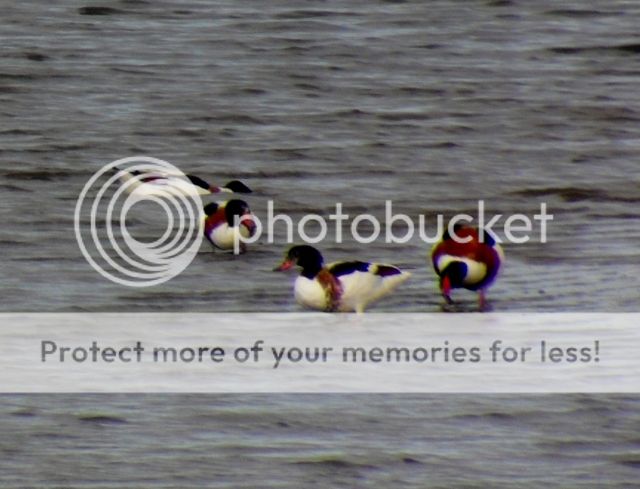
Shelducks (at distance)
Hugh
The first was a great success; the second a dismal failiure; the third - well, judge for yourself!
I'm using a Nikon RAiii spotting scope with a 20-60x zoom ep, a Samsung ES15 compact camera and a Universal type bracket.
First thing's first. It's not easy getting it all in focus! With the sun behind me, I can't see anything on the camera's LCD screen (must be a simple fix for this?!?) even with the brightness turned full up. I've done some afocal lunar photography before, but in the dark, it's much easier to see the screen than in the sun!
The other way round meant the sun was behind the subject, which is not great either! Perserverence is the key!
I've not got the camera set entirely square to the ep either, as evidenced by some vignetting in the right hand corners of the shots. Again, practise will prevent that and so will cropping!
I've just been using the auto focus/exposure features at the moment, as it seems the easiest (and I have yet to find/download the camera's manual!) I have done a little post production processing with Windows to some of the shots to 'improve' them.
Thoughts and constructive criticism most welcome (focus is a given!) Would I be better getting a better compact/bridge camera? I do have access to my wife's Canon 1000d DSLR, but no idea how to connect to a spotting scope!
Thanks in advance.

BHG

Redshank

Carrion Crow

Greenfinch

Fishing


Lunch

Little Egret

Mute

http://i304.photobucket.com/albums/nn185/HughCollings/Birding/SDC14621.jpg
Cygnets

Shelducks (at distance)
Hugh
Last edited:




